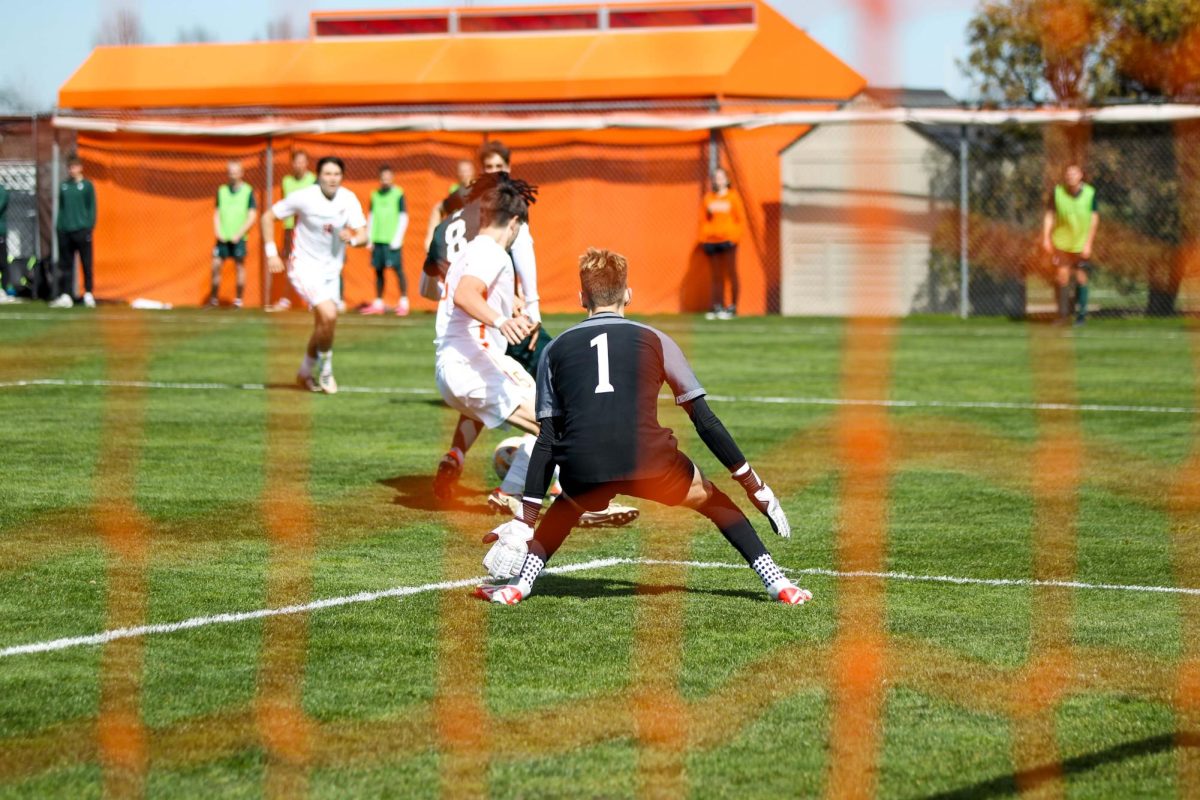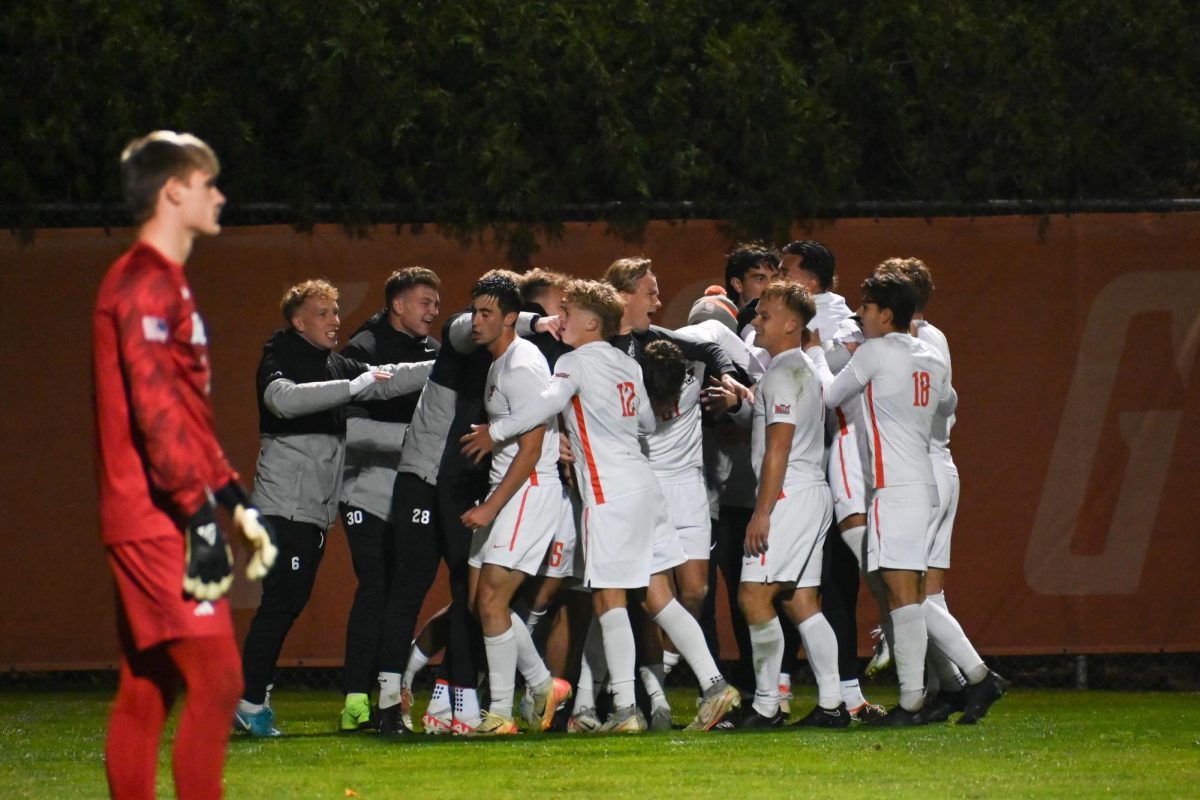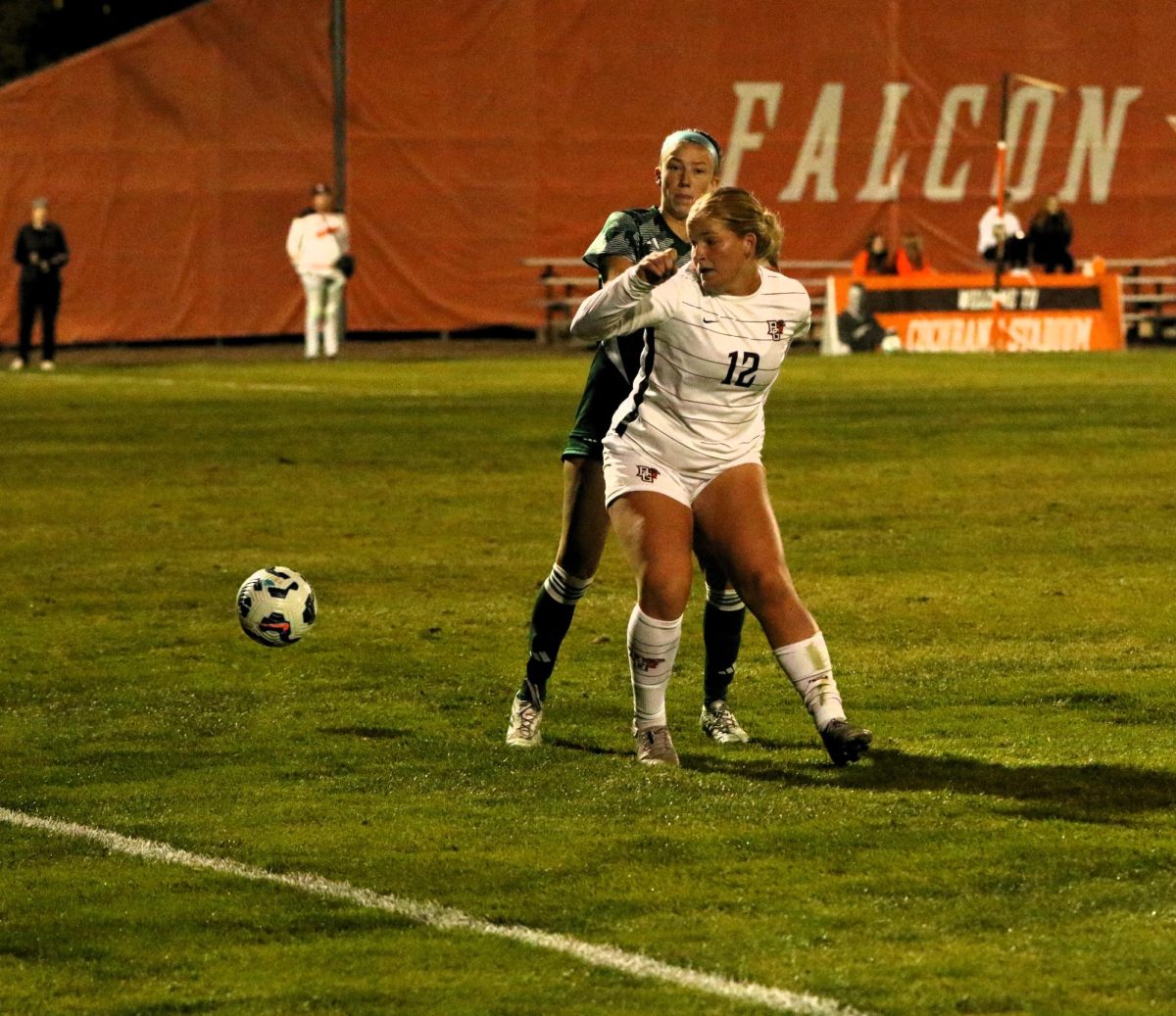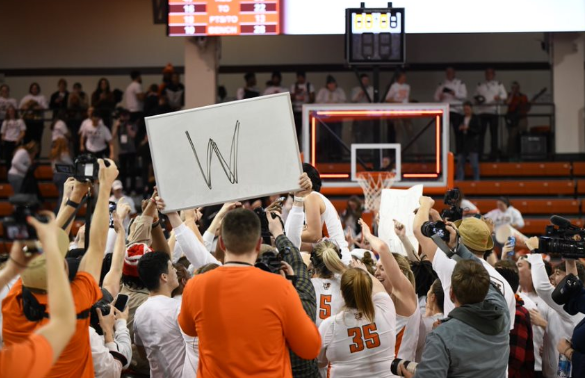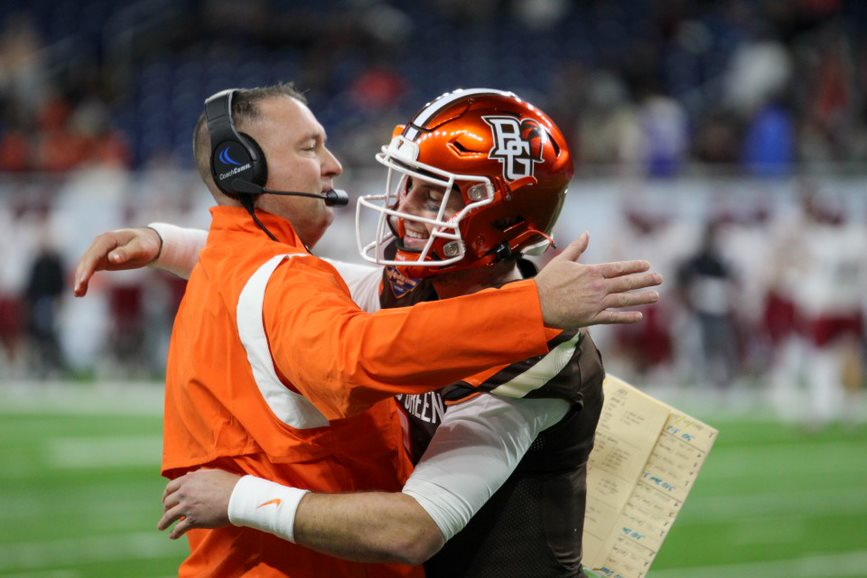In my column two weeks ago, I compared the public university to the goose that lays golden eggs.
In Aesop’s famous fable, a farmer and his wife live well off the weekly golden egg, but decide that there must be a lot of gold in that goose. So they cut her open to find it.
Of course, they lose the goose and do not find the gold they had hoped for.
Our post-oil-crisis, post-Reagan, post-Cold-War, post-9/11, post-2008 economic and political systems could not abide by the idea that there was a huge sector in our society, the public universities, that was not for profit, primarily tax-payer funded and mainly run in order to produce educated graduates whom I described in my previous column as independent, aware and adaptable citizens.
For 30 years or more, we have made the collective decision through our elected representatives that this system should be turned into a for-profit, primarily customer-funded structure that produces the golden eggs of trained labor and trained consumers.
The decline in state funding, the resulting steady increase in tuition and the need to assume large debts [this is where the profit comes in] is not a natural phenomenon or the product of inexorable economic forces.
It is based on a changed policy: the main responsibility for higher education was shifted from the body politic to those being educated.
Students stopped being protégés of the society at large. They were now largely on their own.
The education they received changed from a public good to a private qualification, between them and their potential employer.
For many, the nature of employment changed too, from the pursuit of your “passion” to the pursuit of a job that might at least provide a roof over your head and transportation to work while paying off years of debt.
What has this done to the golden egg, the “product” of higher education?
At one point the Ohio Board of Regents website flatly stated that the “product of higher education is graduations.”
Not graduates, but graduations.
You won’t find that revealing statement there anymore, perhaps because for the system to work, it has to at least give lip service to individual outcomes.
One way to produce graduations and keep costs down is to make the teaching faculty more manageable, meaning more subject to market forces.
Standing in the way of this manageability is the long tradition of tenure, which guarantees academic freedom and the faculty’s professional status.
Such a tradition is hard to get rid of.
It has defined the modern university since it was developed in the nineteenth century.
And so instead of getting rid of tenure, public [and private] universities have gradually been getting rid of the tenured.
The majority of college teaching is now done by adjunct faculty, low-paid teachers who are typically hired course-by-course according to need.
The perennial academic values of loyalty to the institution, extracurricular involvement in students’ individual growth and time for the professional development and research that keeps instruction current and lively, are being replaced by existential uncertainty, direct competition with colleagues and a resultant erosion of institutional identity, which is one of the selling points of any university.
The goose is still alive, but it is harder for her to produce eggs because the farmer and his wife keep squeezing her, trying to force her to make those eggs at the pace the market seems to demand.
All this manhandling just makes the magic fowl less and less able to lay golden eggs.
Respond to Geoff at





